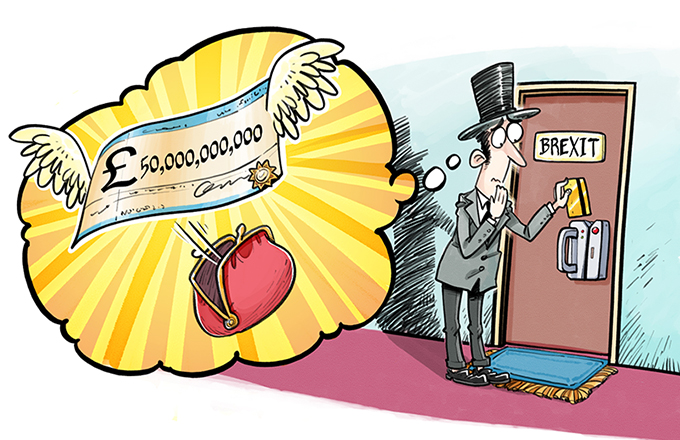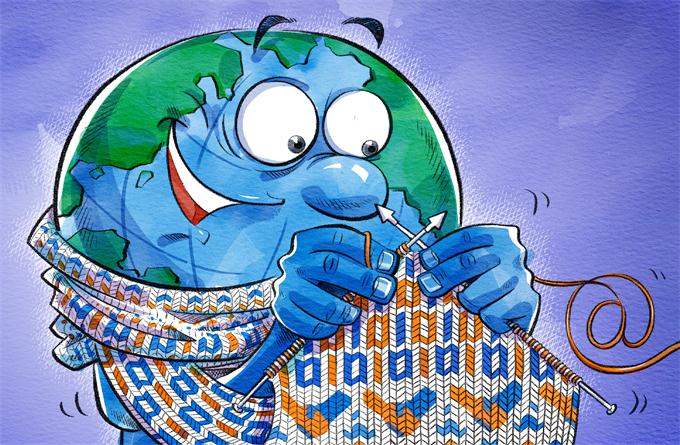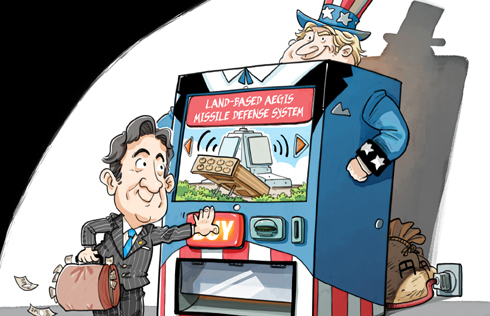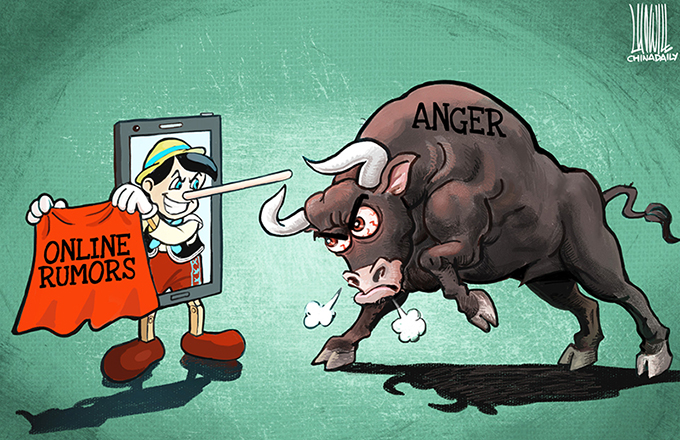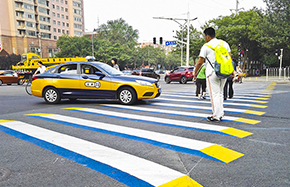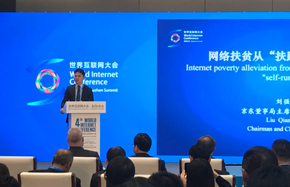Fake and shoddy drugs a threat to people, challenge for administrators
For patients seeking treatment for ailments in street markets or on online stores, there is a warning: an estimated 1 in 10 medical products circulating in low- and middle-income countries is either substandard or falsified.
The finding, released by the World Health Organization in a report last week, estimates the observed failure rates of substandard and falsified medical products in developing countries to be about 10.5 percent, with estimated spending adding up to $30 billion. This is the first report from WHO’s Global Surveillance and Monitoring System for substandard and falsified medical products, which began operation in July 2013.
China is among the countries that have reported suspect medical products to WHO’s new system over the past four years, according to the report. The alarm that WHO’s findings raise and its suggestions should be taken seriously by governments of all developing nations, including China, a country where online drugstore sales were estimated to be over 11 billion yuan ($1.69 billion) last year.
In fact, the situation in China is reflected in WHO’s findings, and the country is moving in the right direction to counter the specter of fake and substandard drugs. WHO said that much of the media coverage around fake medicines, particularly those purchased over the internet, has focused on what are known as lifestyle medicines, such as slimming tablets and treatments for impotence.
But over the past four years, WHO has received reports of substandard or falsified medical products in all therapeutic categories, covering everything from cancer medicines to contraception drugs and from antibiotics to vaccines.
In China, a story that went viral a few years ago was a telling example of the rampancy of fake drugs in the market: a man (fortunately) failed to commit suicide even after taking heavy doses of a medicine only to find it was a knockoff.
Early last year, police in East China’s Shandong province arrested 37 people, including a mother and daughter, for their suspected involvement in selling improperly stored or expired vaccines worth more than $88 million across 20 provincial-level regions since 2011.
Earlier this year, Jiangsu provincial police in East China arrested a bogus medical expert claiming to have the authorization from numerous medical institutions to endorse the products she was promoting as miracle cures. And in August, police in Loudi, Hunan province in Central China, busted a ring producing and selling counterfeit weight-loss drugs, whose sales network spanned more than 20 provinces and was worth more than $15.15 million, according to a Xinhua report.
WHO has identified the most likely factors that lead to substandard and falsified medical products as constrained access to affordable, good-quality, safe and effective medical products; low standards of governance; and limited tools and technical capacity to ensure good practices in manufacturing, quality control and distribution. It suggests tackling the challenge through a "prevent, detect, respond" approach, which encompasses actions and systems that are mutually reinforcing.
What Beijing is doing to target these likely factors is encouraging. In its latest move to regulate online drug sales, the China Food and Drug Administration has released a draft regulation, seeking to ban online drugstore chains from selling prescription medicines on the internet. It also says all online drugstores must stop selling drugs that have been reported to have quality problems. A draft of the online drugstore regulation and supervision rules was open to public opinions until Nov 30.
The CFDA is also seeking to revise the country’s Pharmaceutical Administration Law, by adding a clause stipulating that China should set up a professional team of national medicine inspectors to help ramp up safety control in the entire process of drug-making, selling and distribution.
huanxinzhao@chinadailyusa.com



